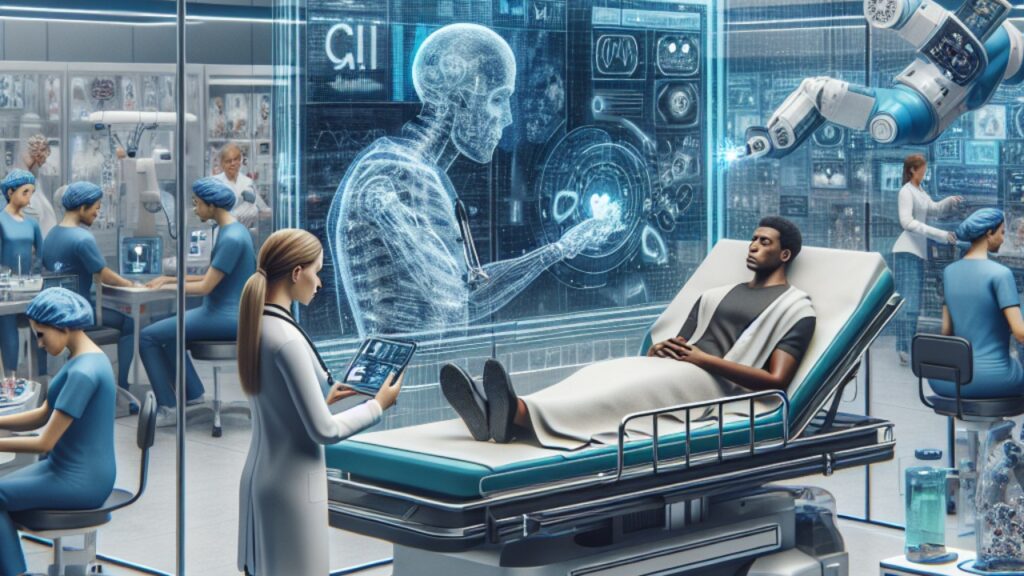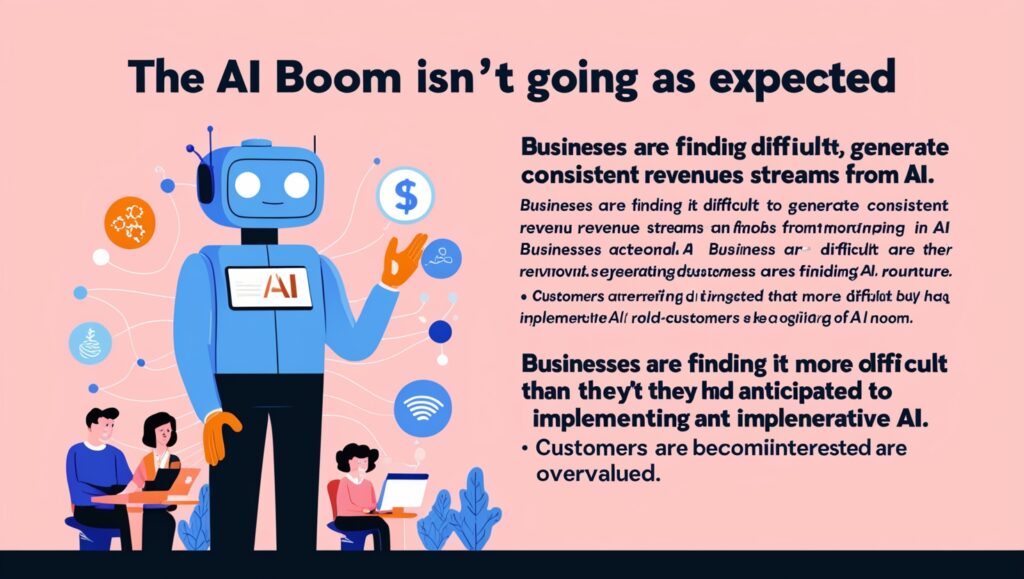The modern healthcare system is on the verge of collapse due to chronic diseases, which are long-term ailments that call for constant medical attention. Five chronic diseases account for more than two-thirds of all fatalities in America, according to the National Institutes of Health: diabetes, cancer, heart disease, stroke, and chronic obstructive pulmonary disease. Furthermore, it’s not helpful that there are fewer and fewer healthcare professionals. The industry has lost almost 400,000 workers since the Covid epidemic started, and many more are predicted to leave in the near future, placing a great deal of pressure on the remaining workers.
But AI can assist, beginning with diagnosis—the first stage of effective treatment.
How Can AI Handle Diagnostics And Enhance Clinical Results?
Errors in diagnosis are common when there is a shortage of personnel and a heavy caseload. The Society to Improve Diagnosis in Medicine estimates that medical errors affect more than 12 million Americans each year, resulting in inappropriate treatments and associated expenses that probably above $100 billion. Healthcare firms can overcome this difficulty by utilizing AI, which analyzes reports more quickly and accurately than people could. Artificial intelligence has frequently even been able to diagnose illnesses that people were unable to. Take this extremely unusual case of leukemia, for example.
High-quality visual data and potent machine learning and computer vision algorithms are the foundation of this successful diagnosis. After being trained on high-quality data, the algorithms are able to recognize complex patterns in the patient samples, which improves condition prediction and makes for more informative comparisons. Medical images of various kinds, including MRIs, X-rays, and ultrasounds, can be processed by them to pick up on minute features that might be missed by human observers.
When treating chronic illnesses, which call for early detection and long-term care, this can be quite helpful. Furthermore, the process of evaluating the data and generating the diagnoses is comparatively quicker because an AI system rather than a human is at work. Imagine, instead of weeks, that someone might learn about their tumor in a couple of days. They can immediately begin the treatment, which could result in improved clinical results.
Healthcare professionals may provide higher-quality care by using AI’s speed and accuracy to lessen staff workloads. When trained correctly, the AI model may operate nonstop and produce consistently excellent results for every sample. Humans might not be able to accomplish this since they can become weary and exhausted over time and make poor decisions based on how they interpret the patient report.
In addition, underprivileged communities and areas with a shortage of skilled workers can benefit from enhanced healthcare accessibility through AI algorithms. The models have the potential to automate processes and lessen clinical workloads, freeing up non-specialists to do intricate tasks like cardiac imaging and analysis. Smaller clinical settings and patient homes can both benefit from this.
Potential Across Domains
Even though many people are still dubious about AI’s ability to improve healthcare, visual data-driven AI diagnoses are already having an effect in a variety of medical contexts. As an example, it can assist in identifying aberrant findings on radiographs, especially when it comes to incorrect catheter and tube positioning, which can result in major consequences.
It could take longer in hectic clinical settings for a radiologist to fully evaluate X-ray pictures. Nonetheless, using computer vision as an additional pair of eyes might be quite beneficial. It makes it possible to identify misplacements quickly, which promotes quick attention and prioritization. Catheters on radiographs have been identified and located with remarkable accuracy by AI models in recent times. This speeds up the process of identifying critical issues, resulting in prompt actions and better patient outcomes.
AI is also helping to overcome the diagnostic difficulties caused by brain tumors, where early diagnosis is necessary because to the tumors’ variable sizes and shapes. Numerous publications indicate that state-of-the-art machine learning techniques show potential in expediting tumor localization. Impressive levels of accuracy have also been demonstrated by a number of models trained to segment tumors in MRI scans.
Yes, there may be times when these tools aren’t ideal. Even in those situations, however, they enhance physicians’ decision-making abilities, resulting in more prompt and accurate patient interventions.
Remarkably, comparable outcomes have also been shown in the AI-assisted identification of skin cancer. This is the most common cancer in the United States and, despite the intrinsic variety of skin lesions, is a highly challenging disease to diagnose (even for skilled physicians). A 2022 study by Yinhao et al. that was published in Frontiers showed how effective AI was in this field by showing how ML models may aid in the early identification of skin cancer and outperform dermatologists’ average skills.
Long Road Ahead
Notwithstanding their enormous promise across fields, there are a number of obstacles that must be overcome before AI and machine learning are widely used in medical diagnosis.
For example, healthcare practitioners may be hesitant to deploy these transformative technologies until their efficacy has been unambiguously established in a variety of clinical situations, and they are completely confident in the model’s ability to do their job.
This can be addressed with policymakers’ proactive support, which can facilitate the evaluation of machine learning diagnostic technologies in real-world scenarios while also attempting to increase access to medical data and foster collaboration among developers, providers, and regulators. Their findings may result in improved models, wider testing, and more trust among technology adopters.
The availability of high-quality training data is another barrier to AI diagnostics adoption. All teams today want high-quality medical data to train their AI tools/models, but obtaining it involves navigating a complicated environment of ethical and regulatory constraints. To construct a ground-truth dataset, one must obtain the required approvals to access medical picture files, anonymize data to comply with numerous restrictions, and assure correct labelling by medical professionals. This can be extremely labor-intensive and time-consuming.
It is advised to use public datasets or data cleanrooms, like the one offered by Snowflake, as a solution. It’s crucial to remember that even this can need some effort in order to address problems like bias.
Although it is unclear how AI will be used in diagnostics in the years to come, one thing is certain: computer vision and AI are going to change the healthcare industry. The potential to improve patient care, save lives, and lessen the financial strain on healthcare systems exists when data and AI are fully utilized. Policymakers, healthcare providers, and IT developers must collaborate in order to fully embrace it and overcome the remaining obstacles.








